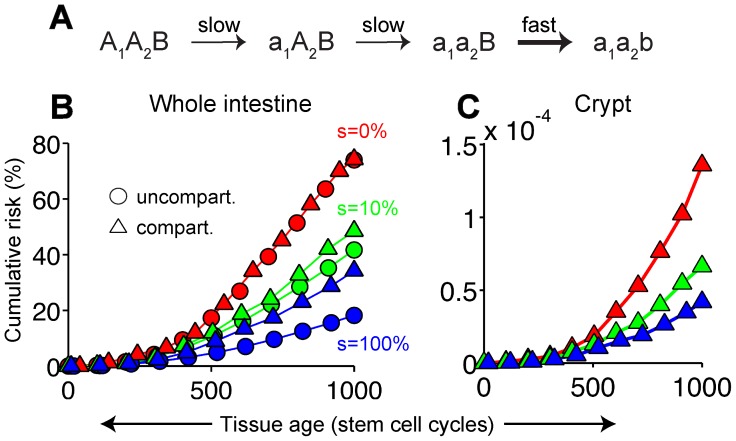Figure 6. Compartmentalization of the mouse intestine.
(A) Slow inactivation of both copies of a genetic stability gene (loci A1 and A2) followed by rapid mutation of another gene, B, as a result of genetic instability. (B, C) The corresponding cumulative risk of generating at least one triple-mutant stem cell in the whole intestine (B, circles) and in an individual crypt (C), as calculated using Monte Carlo simulations. In the whole-intestine case, cumulative risk was re-computed assuming independent crypts (B, triangles). Lines are guides to the eye only. Mutant clones progress to the next stage via mechanisms known to population geneticists as “Stochastic Tunneling” in the un-compartmentalized case (Fig. S4B) and “Sequential Fixations” in the compartmentalized case (Fig. S4C). Mutation rates are 10−6 (‘slow’) and 10−3 (‘fast’). The mouse small intestine was assumed to contain ∼106 crypts [24] each containing ∼10 Lgr5+ stem cells dividing ∼103 times during the mouse' lifetime [25].

